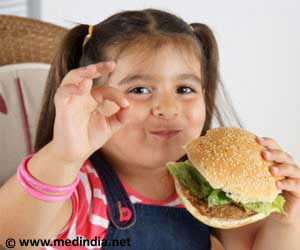Over the next 5 years, age and testing of hip bone mineral density (BDM) when postmenopausal women discontinue bisphosphonate therapy can help predict the likelihood of fractures.

The Fracture Intervention Trial Long-term Extension (FLEX) randomly assigned postmenopausal women (ages 61 to 86 years) previously treated with the bisphosphonate alendronate sodium (for four to five years) to five additional years of alendronate or placebo from 1998 through 2003. This analysis included only the placebo group. Hip and spine DXA were measured when the placebo was started and after one to three years of follow-up. Two different BTMs also were measured at baseline and after one and three years.
During five years of placebo, 22 percent of women (94 of 437) had one or more fractures; 82 had fractures after one year. Older age and lower hip BMD at the time alendronate therapy was discontinued were associated with higher rates of clinical fractures during the subsequent five years. However, neither BMD measures after one-year nor BTM levels one- to two -years after discontinuing alendronate were associated with fracture risk.
"Women with greater total hip bone loss two or three years after discontinuation may be at increased risk of fracture, but these results need to be confirmed in other studies before routine measurement of BMD after discontinuation of alendronate therapy can be recommended. In the meantime, short-term monitoring with BMD, BAP or NTX [two bone turnover markers] after discontinuation of four to five years of alendronate therapy does not appear to improve fracture prediction."
Source-Eurekalert
 MEDINDIA
MEDINDIA




 Email
Email










